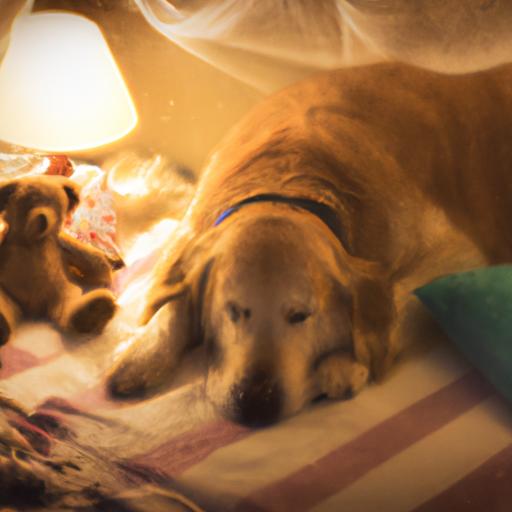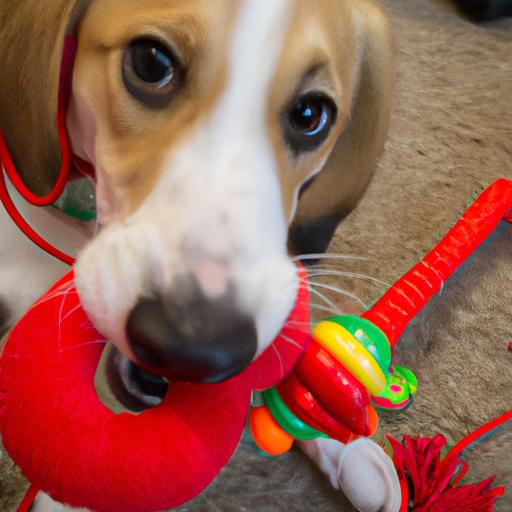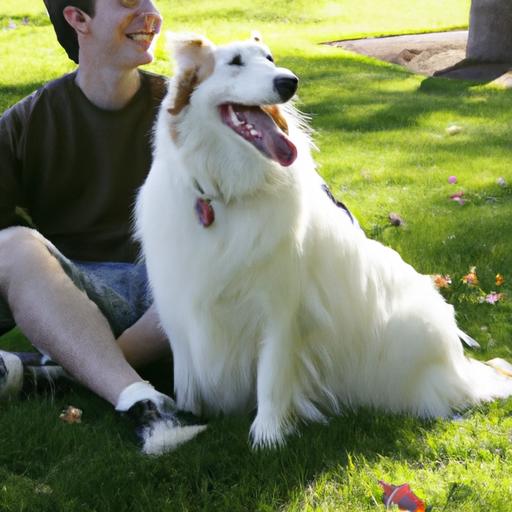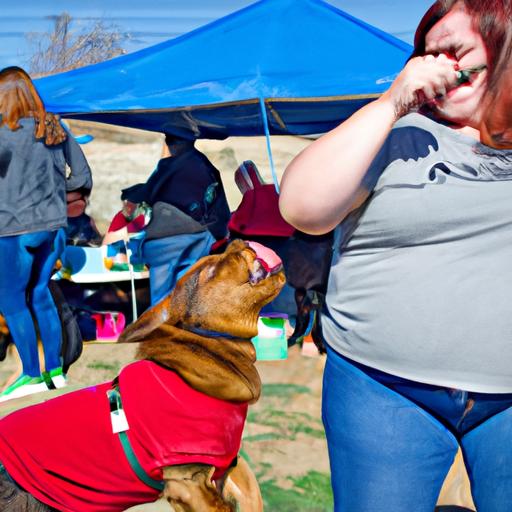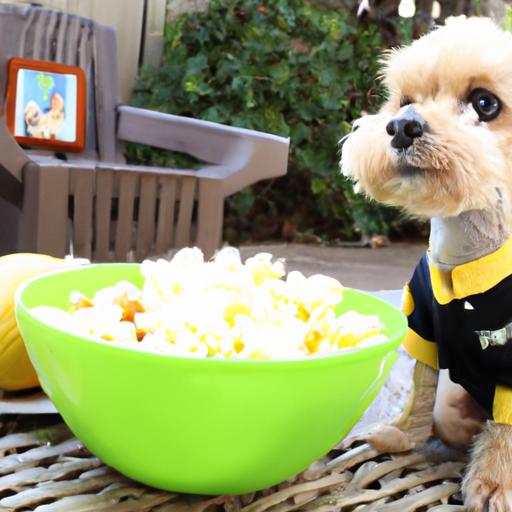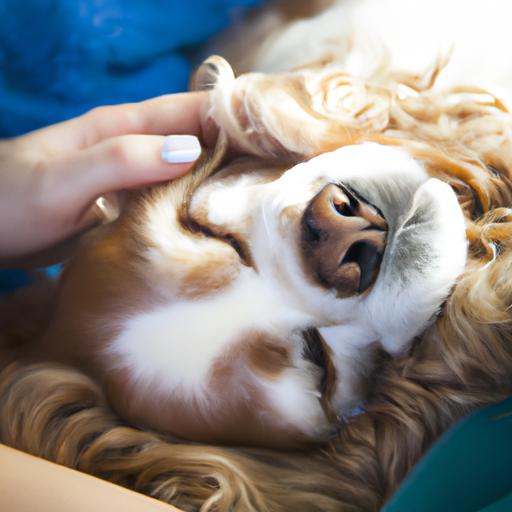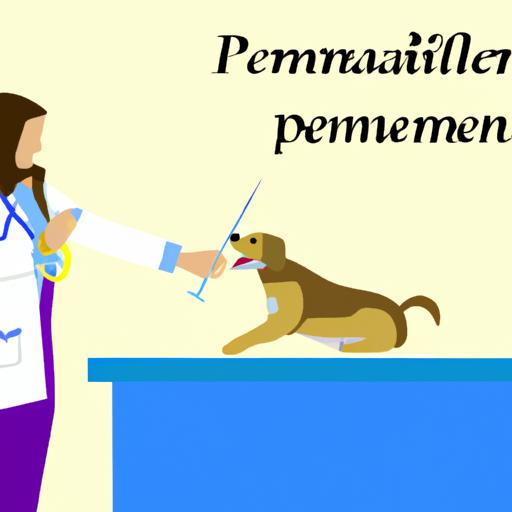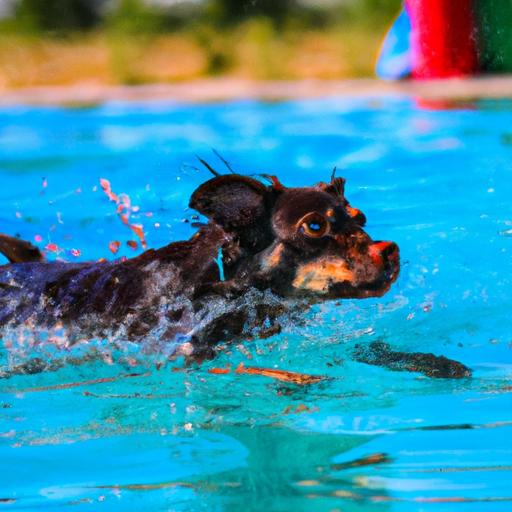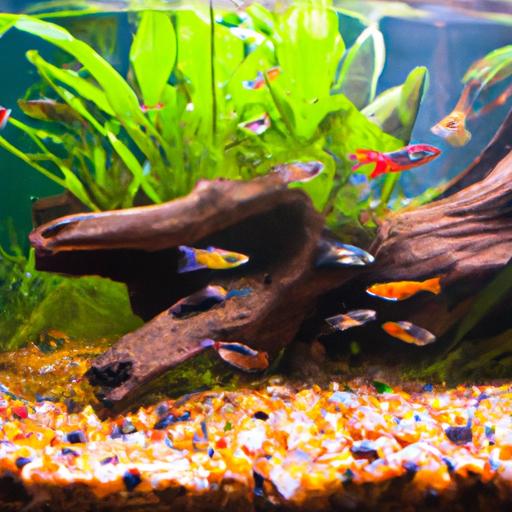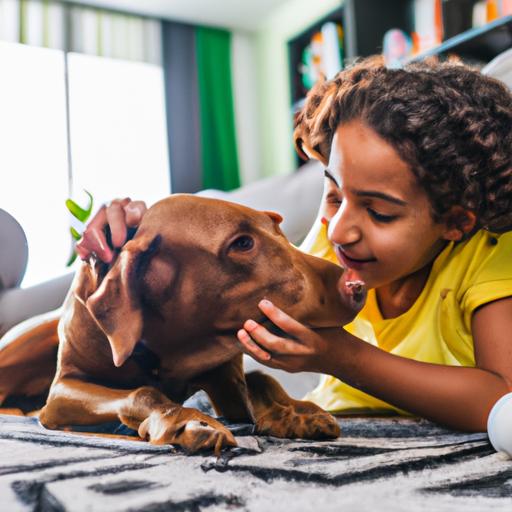
Tips for Positive Canine Experiences with Children
Discover valuable tips for creating positive canine experiences with children. Foster a safe and harmonious bond between kids and dogs. Read more here!
Introduction
When it comes to fostering a harmonious relationship between canines and children, positive experiences play a crucial role. Not only do these experiences create lasting bonds, but they also provide numerous benefits for both the child and the dog. In this article, we will explore essential tips to ensure positive canine experiences with children, promoting safety, understanding, and mutual respect.
Tips for Creating Positive Canine Experiences with Children
Proper Introduction and Socialization
To set the stage for a positive interaction between a dog and a child, it is essential to facilitate proper introductions and socialization. This step ensures that both parties feel comfortable and relaxed in each other’s presence.
-
Supervised Interactions: Always supervise interactions between dogs and children, especially during initial encounters. This allows you to intervene if any signs of discomfort or aggression arise and ensures the safety of both the child and the dog.
-
Slow and Gradual Introduction: Introduce the dog and child in a calm and controlled environment, allowing them to become familiar with each other at their own pace. Keep initial interactions short and gradually increase the duration as they grow more comfortable with one another.
Teaching Children to Respect Dogs’ Boundaries and Body Language
It is crucial to educate children about dog behavior and teach them how to respect a dog’s boundaries and body language. This understanding helps foster empathy, reduces the risk of negative interactions, and promotes a positive experience for both parties.
-
Educating Children about Dog Behavior: Teach children to recognize and understand common dog behaviors, such as tail wagging, ear positions, and body postures. Explain what each behavior signifies, helping children interpret a dog’s emotional state and respond appropriately.
-
Teaching Gentle Touch and Appropriate Play: Encourage children to interact with dogs gently and avoid rough play or pulling on their ears or tails. Teach them to approach a dog calmly and to ask for permission before petting. Emphasize the importance of treating dogs with kindness and respect.
Providing a Safe Environment for Both Children and Dogs
Creating a safe environment is crucial to ensure positive experiences between dogs and children. By establishing designated spaces and childproofing the house, you can prevent accidents and promote a sense of security for both parties.
-
Creating Designated Spaces: Set up separate areas for the dog and children, ensuring each has their own safe space to retreat to when needed. This allows the dog to have a quiet area away from the child’s play zone and gives the child a designated area where they can play freely without disturbing the dog.
-
Childproofing the House: Take necessary precautions to childproof your home, including securing cabinets with hazardous materials, covering electrical outlets, and removing small objects that could be swallowed. This not only protects children but also prevents dogs from accessing potential dangers.
Positive Reinforcement Training for Dogs and Children
Positive reinforcement training techniques can be highly effective in promoting positive experiences between dogs and children. By rewarding desired behavior and encouraging positive interactions, you can strengthen the bond between them.
-
Reward-Based Training Methods: Use treats, praise, and toys as rewards when the dog and child engage in positive interactions. This reinforces good behavior and encourages the dog to view the child as a source of positive experiences.
-
Encouraging Positive Interactions and Behavior: Teach children how to engage in positive interactions with the dog, such as playing fetch or engaging in supervised training sessions. Encourage them to be patient, gentle, and consistent in their interactions, fostering a positive dynamic between them.
FAQ (Frequently Asked Questions)
How can I prevent dog bites when children are around?
To prevent dog bites when children are around, it is crucial to supervise all interactions, teach children about dog behavior, and ensure both the child and the dog feel comfortable and safe. Always be aware of any signs of discomfort or aggression displayed by the dog and intervene promptly if necessary.
What should I do if my dog starts showing signs of discomfort or aggression towards children?
If your dog starts displaying signs of discomfort or aggression towards children, it is important to consult a professional dog trainer or behaviorist. They can assess the situation, provide guidance on how to manage the behavior, and develop a training plan to address the issue.
Are certain dog breeds better suited for families with children?
While certain dog breeds are known for their suitability with children, it ultimately depends on the individual dog’s temperament and upbringing. Breeds such as Labrador Retrievers, Golden Retrievers, and Beagles are often considered family-friendly due to their generally gentle and sociable nature. However, it is essential to evaluate each dog on an individual basis and consider factors such as energy level, size, and compatibility with children.
How can I help my child overcome fear or anxiety around dogs?
To help a child overcome fear or anxiety around dogs, it is important to expose them to positive canine experiences gradually. Start by introducing them to calm and well-trained dogs in controlled environments. Encourage gentle interactions and provide reassurance and support throughout the process. Additionally, consider involving a professional dog trainer or therapist who specializes in working with children and dogs.
Conclusion
Creating positive canine experiences with children is vital for fostering strong relationships and ensuring the safety and well-being of both parties. By following the tips outlined in this article, such as facilitating proper introductions, teaching respect for boundaries, providing a safe environment, and implementing positive reinforcement training, you can promote harmonious interactions and create lasting memories. Remember, a positive experience between a child and a dog lays the foundation for a lifelong love and understanding of our furry friends.



